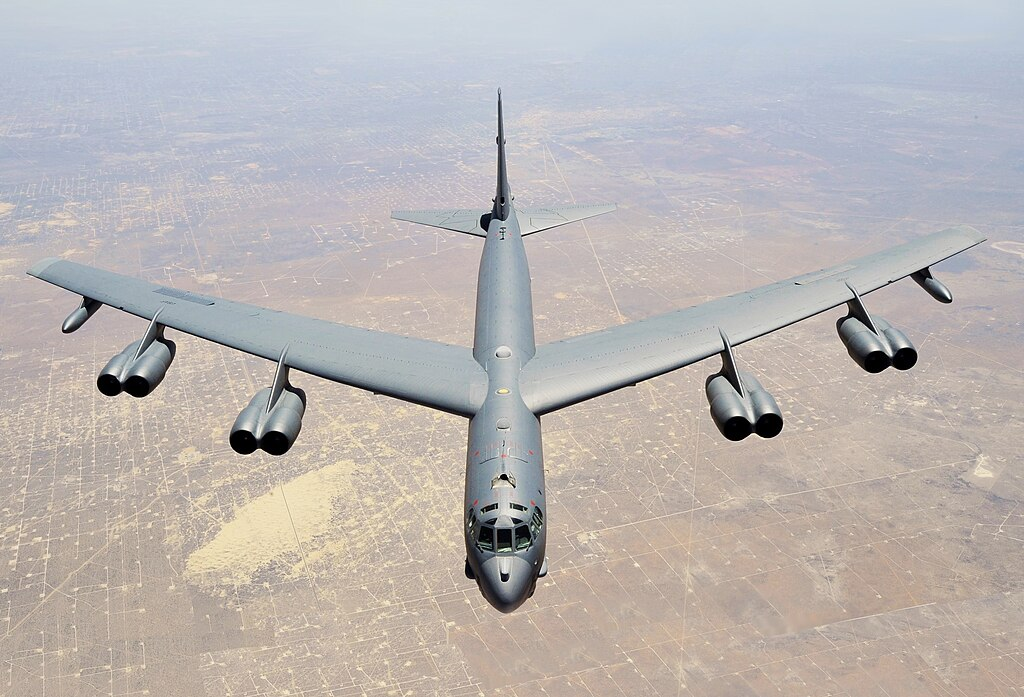
The rumble of eight jet engines thundering over Guam in January was more than a drill it was a calculated show of reach and determination. With the imprimatur of the huge Resolute Forces Pacific (REFORPAC) exercises, the U.S. Air Force deploying B-52 Stratofortress bombers at Andersen Air Force Base put one of America’s most lasting symbols of strategic power in China’s own backyard.

1. A Cold War Icon in a 21st-Century Standoff
Originally taking to the skies in 1952, the B-52 was designed to carry nuclear bombs deep within Soviet territory without foreign stops. Since its introduction over seven decades ago, it has become a “weapons truck” capable of carrying over 70,000 pounds of bombs that can range from AGM-84 Harpoon anti-ship missiles to precision-guided Joint Direct Attack Munitions. Its durability is due to robust design and ongoing modernization attributes now tried in the growingly contested skies of the Indo-Pacific.

2. The Strategic Significance of Guam
Guam’s location 1,800 miles from the Chinese coast and nearer Beijing than Hawaii is why it’s a center for U.S. long-range bomber operations. The island has been an outpost since World War II and now hosts bombers, nuclear subs, and missile defense. But its value as a strategy also makes it a target. Chinese strategists have prioritized Guam as a target location to the point where they have even introduced a ballistic missile known as the “Guam killer.” In 2023, cyber attacks were made on the island’s primary infrastructure, writing the words “Guam is vulnerable” in large letters.

3. The B-52J Upgrade: Forward to 2050
Existing B-52H jets will be upgraded to B-52J, with a program targeting the Commercial Engine Replacement Program. Rolls-Royce F130 turbofans, 30 percent more efficient than the current legacy TF33s, will increase range, decrease maintenance, and increase reliability. The new aircraft also features a new AESA radar derived from the APG-79, with increased detection range, resistance to jamming, and precision targeting. A digital backbone will bring state-of-the-art communications, navigation, and cybersecurity networks for inter-force network interoperation.
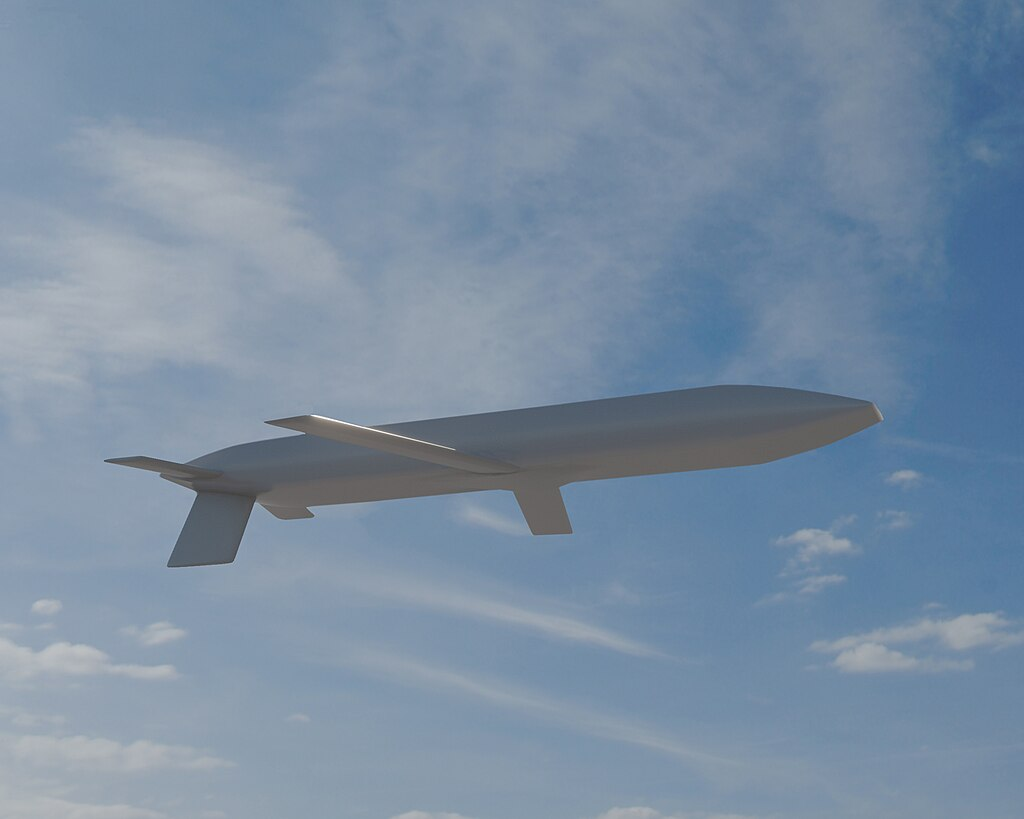
4. Weapons of the Next Generation
The B-52J will be armed with the nuclear-capable AGM-181A Long-Range Standoff (LRSO) cruise missile, which will penetrate deep advanced air defenses thousands of miles away from the launch point. Conventional payloads will feature hypersonic systems like the Hypersonic Attack Cruise Missile (HACM). These standoff assets are at the heart of air operations in the Pacific, where Chinese anti-access/area-deniam (A2/AD) networks threaten aircraft in the First Island Chain.
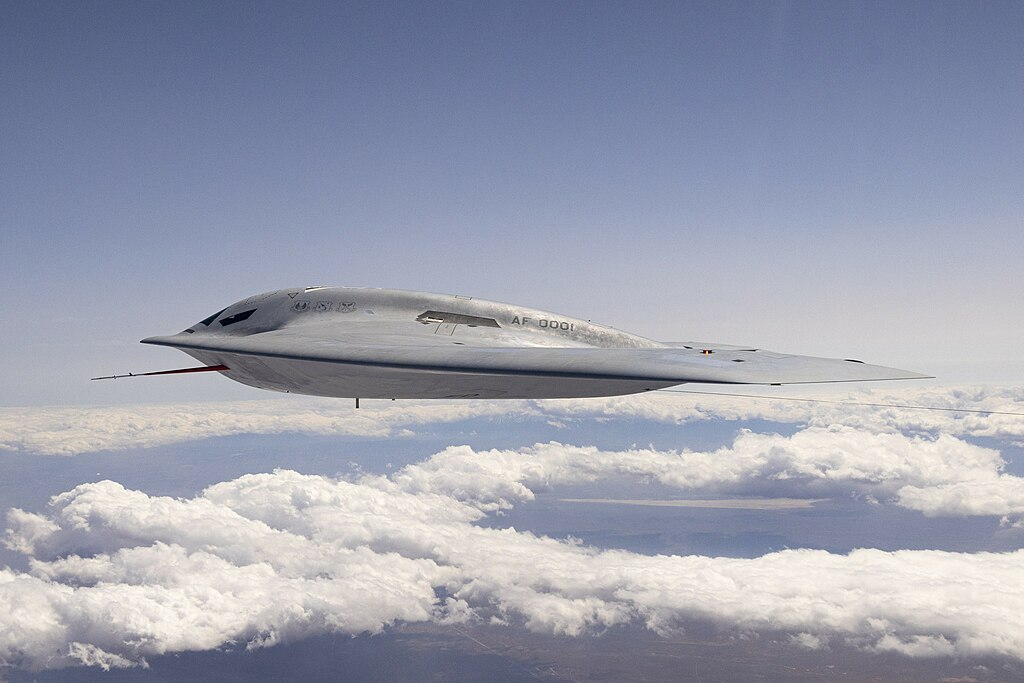
5. Engineering Challenges and Delays
It is a challenge to modernize an airframe from the 1960s. The B-52J program, based on the Government Accountability Office, is three years behind, and integration of the radar is being held back by environmental qualification, component shortages, and intricate software design. The cost escalation transgression brought on by Nunn-McCurdy has prompted a congressionally required review, and schedules have been questioned. Deployment for operational service as late as 2033, narrowing the window for the aircraft’s planned role in supplementing the stealthy B-21 Raider.

6. REFORPAC: Shaping the Indo-Pacific Playbook
REFORPAC’s size virtually 400 aircraft deployed across the theater demonstrates Pacific warfare operational and logistical complexity. Airborne refueling, flexibility in communication, and dispersed basing are needed to disperse over vast distances. Andersen B-52s trained with fighters, tankers, and allied planes from bare bases, practicing quick deployment and support in contested air space. “Deterrence, based on credible combat power, is our top concern,” said Gen. Kevin Schneider, commander, Pacific Air Forces.
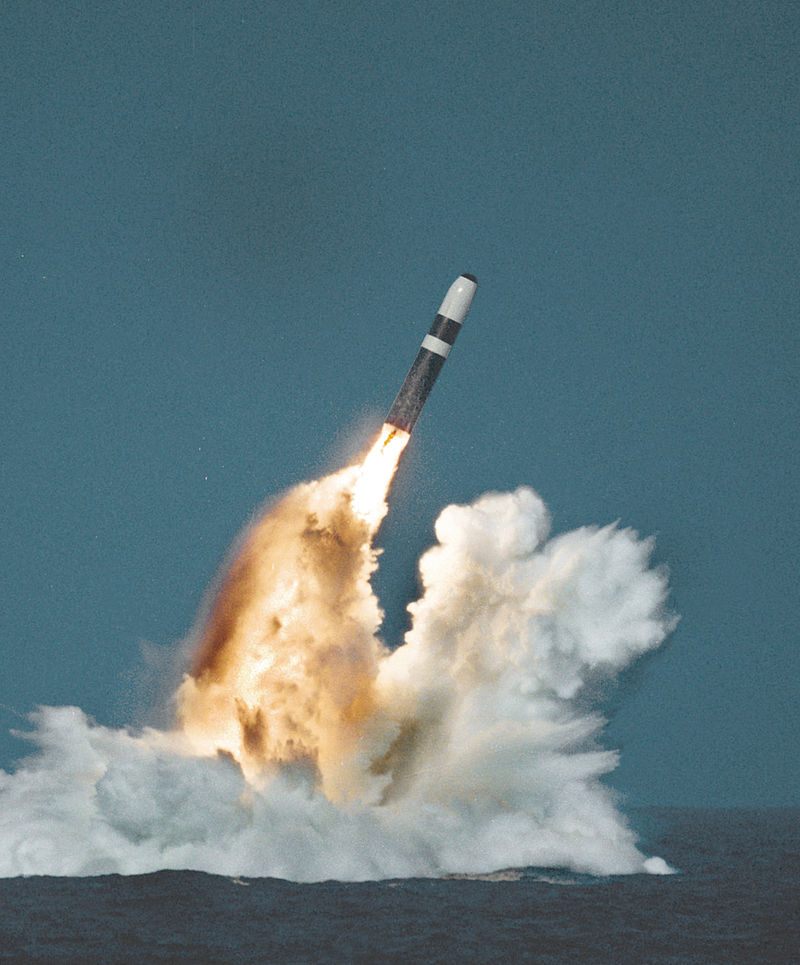
7. Forward Base Missile Threat
China’s People’s Liberation Army Rocket Force operates a increasingly large fleet of precise cruise and ballistic missiles to attack Guam and other regional bases.
Simulations indicate that coordinated raids would shut down runways to bomber and tanker sorties for days potentially as many as a month or more in Japan severely limiting U.S. sortie capacity. Without tankers, even fifth-generation aircraft cannot reach and return from the Taiwan Strait. This fact has also been in response to entreaties for hardening shelters, rapid runway repair kits, and dispersal to civilian airports.
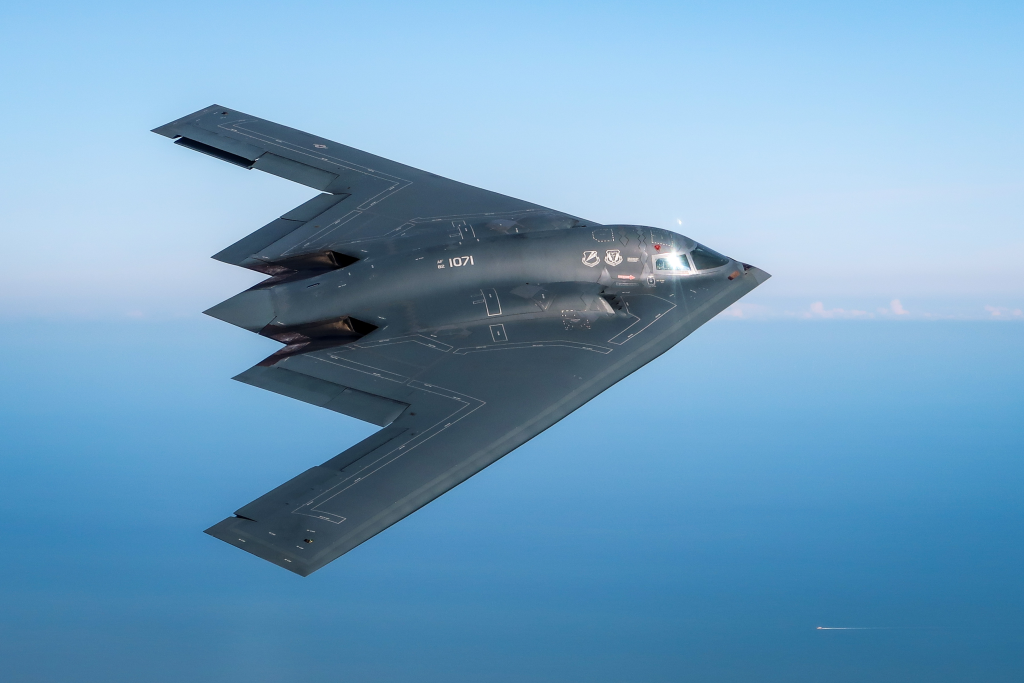
8. Cost, Capability, and Deterrence
It is roughly $70,000 per flight hour to operate a B-52, half that of a B-2 Spirit, and is comparatively a cheap strategic asset. It can loiter over extended ranges, deliver mixed munitions, and project power worldwide, which makes it a powerful deterrent. According to Maj. Gen. Jason Armagost, “Since its creation, the B-52 has anchored strategic deterrence for the nation.”

The return of the Stratofortress to Guam is therefore not a matter of simple routine rotation. It is a living reminder of engineering improvisation, geopolitical gesturing, and the continued employment of a platform conceived for a previous century but still critical to the balance of power in the Pacific.


